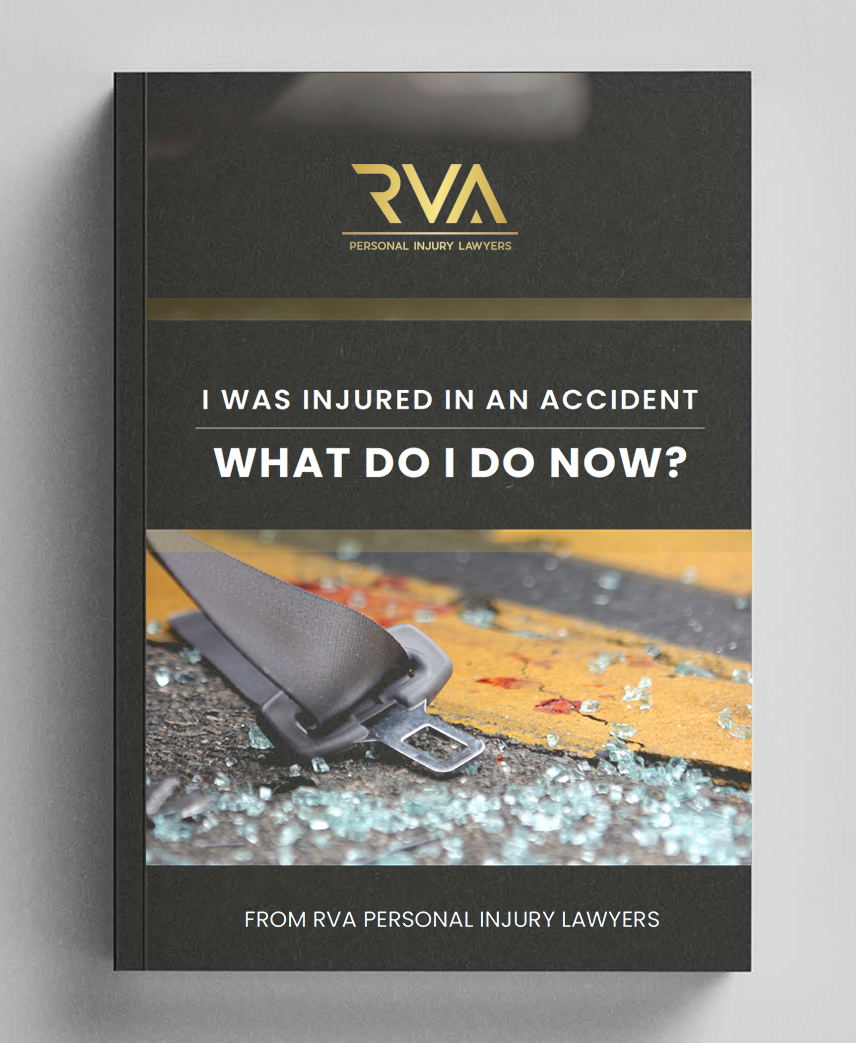Articles
The Supreme Court and a Sick Giraffe
“If a sign at the entrance to a zoo says ‘come see the elephant, lion, hippo, and giraffe,’ and a temporary sign is added saying ‘the giraffe is sick,’ you would reasonably assume that the others are in good health.” N.L.R.B. v. SW Gen., Inc., 137 S. Ct. 929, 940 (2017) (Roberts, J.).
That is the analogy Chief Justice Roberts used when explaining the term: expressio unius est exclusio alterius, which means “expressing one item of [an] associated group or series excludes another left unmentioned.” Chevron U.S.A. Inc. v. Echazabal, 536 U.S. 73, 80 (2002).
I have used Justice Roberts’s Zoo Animal analogy when making a statutory construction argument, not just because it was fun, but because it helped me make my argument.
Effective writing is when you communicate your argument clearly so that the reader does not have to work to “get it.” And analogies, like Justice Robert’s Zoo Animal analogy, help with that.
(Analogies also help when speaking to juries, but more on that in a later post).
Takeaway: Analogies help, so use them.
$10,000,000
Defendant, while racing on a residential road, crashed into an oncoming driver causing catastrophic injuries.
$9,000,000
Defendant failed to properly secure a display at its store which led to it falling on a child causing life altering injuries.
$1,500,000
Defendant failed to keep the entrance of its store safe for the public causing significant injuries.
















